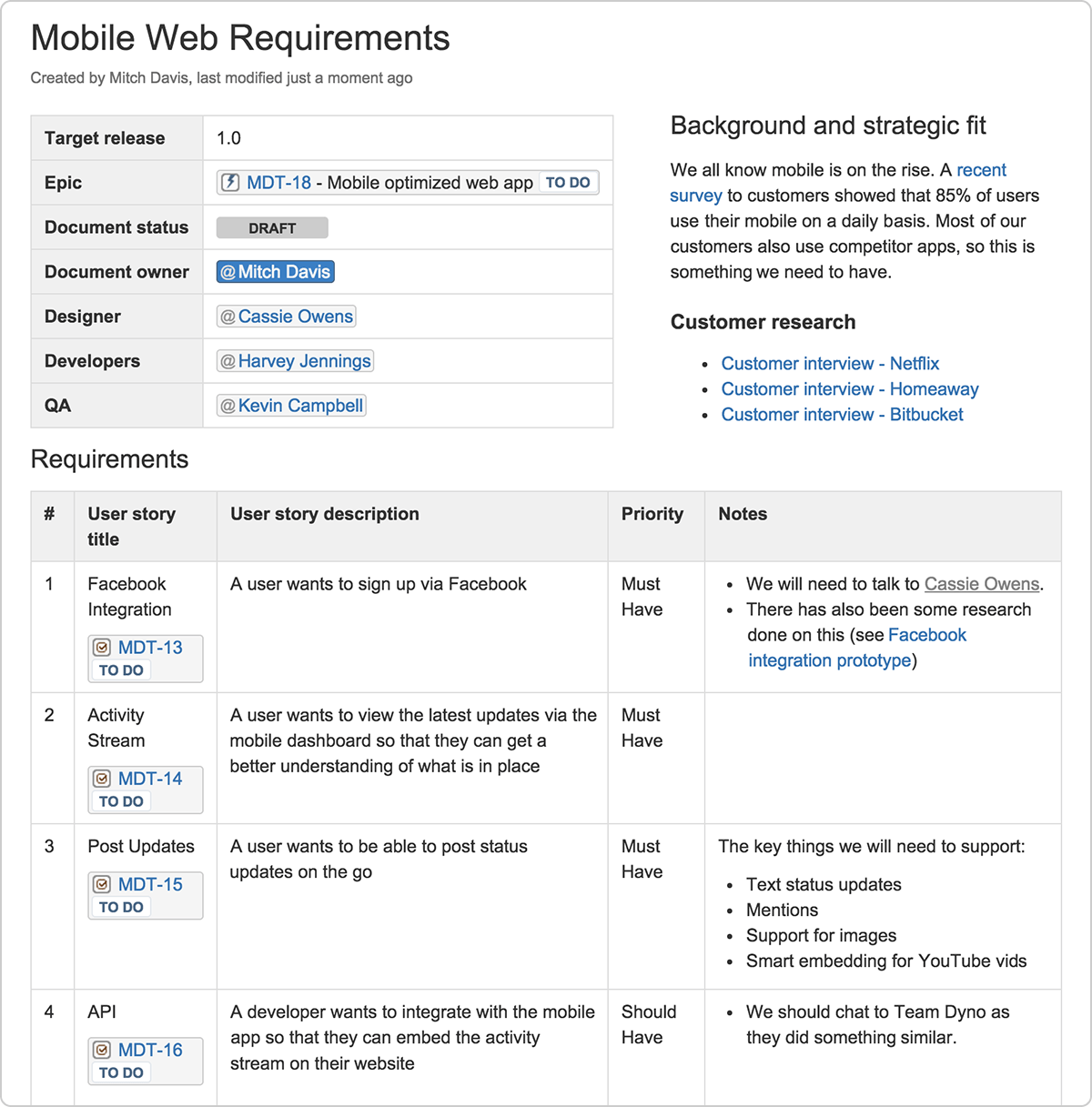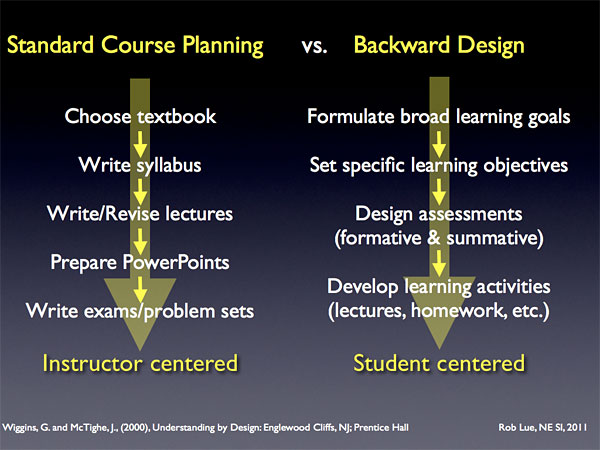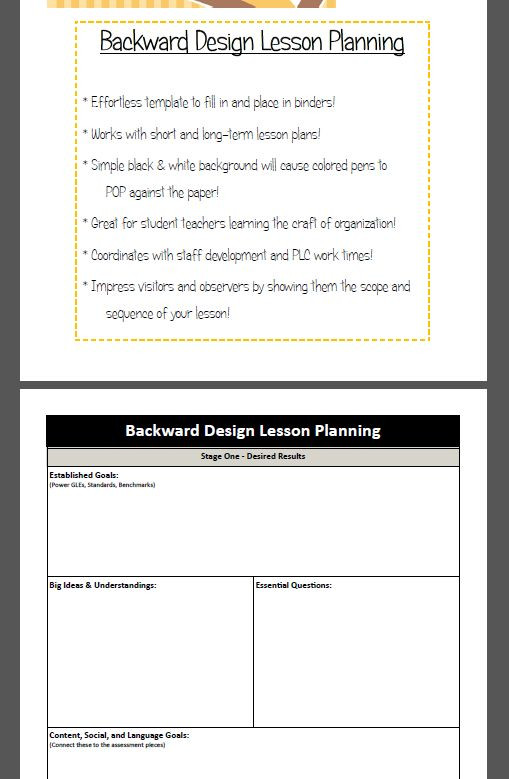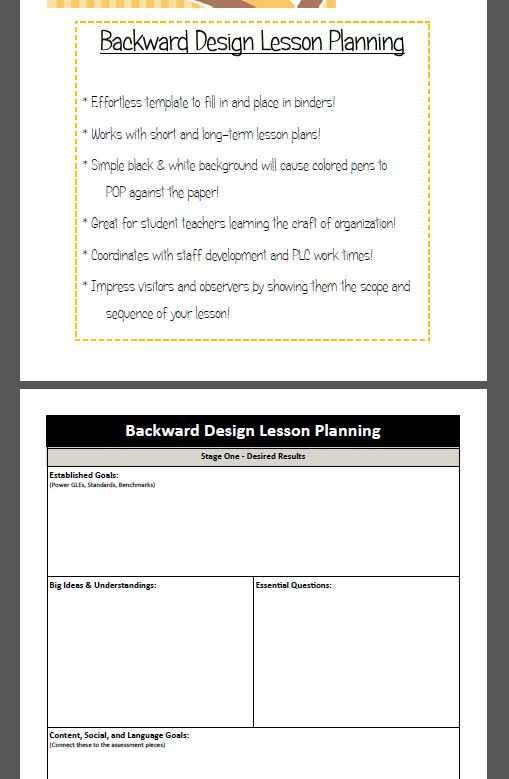Table Of Content

Absent screen flow diagrams, it can be hard for people consuming design work to get a sense of how the intended experience fits together as a whole. The above list could seem like an overwhelming amount of documentation but think of it as a toolkit — not every project requires every tool. The descriptions below should give you an idea of how these artifacts might fit into a given project. Inside each workspace, you can create an unlimited amount of Bit documents and access your content library (storage area for all of your digital assets – web links, files, cloud files, rich embeds, etc.).
The product strategy context
The 10 Best Desktop Publishing Software for Document Layout Design - MUO - MakeUseOf
The 10 Best Desktop Publishing Software for Document Layout Design.
Posted: Sun, 07 Jan 2024 08:00:00 GMT [source]
Before getting into the minutia of living, breathing digital design documentation, it’s worth taking a moment to revisit what documentation is, what it’s for, and why it’s so valuable. If your project has a design system, include documentation on its components and patterns. These components include icons, forms, buttons, cards, headlines, paragraphs, etc. But don’t just list them; describe how to use them, add some examples, and provide code snippets for your developer colleagues. If your client writes the functional and user interface design, you should subsequently agree on a set of milestones.
Lists
For a better understanding of what needs to be shared, it is crucial to map the outputs expected on each step and differs it from what is just a piece of information that will transit through the process. Don’t forget to involve QA here too—they need to know the ins and outs of the design even if they don’t attend all the feature kick offs and estimation meetings. Essentially, this is the breakdown of how and when you plan on executing each part of the project. There’s a lot that goes into scoping accurately, so you can read this post to learn more about scoping.
Why Writing Software Design Documents Matters
These may already be documented as part of an existing design system (in which case there is no need to repeat it). However, you may have elements that are standard within your system, but not broadly applicable enough to be included in your organization’s design system. I document the navigational framework as on a set of pages within my design tool.
SeaRenergy Wins Offshore Substation Design Deal For Polish Baltic Sea Wind Farm - Offshore Engineer
SeaRenergy Wins Offshore Substation Design Deal For Polish Baltic Sea Wind Farm.
Posted: Mon, 02 Oct 2023 07:00:00 GMT [source]
Avoid time-consuming documentation practices like extracting screenshots from your design tool into yet another place that you’ll need to keep manually updating. Leave yourself a papertrail that reflects your thoughts for future versions—especially when designing bigger feature sets. Capture your design decisions early on so that you can refer to them when you’re working on the next versions of your product.
What kind of Experience do you want to share?
No need for complex interactions (save those for a hi-fi prototype), just make important elements clickable so people can actually use the design. They change in both form and complexity as the design process advances, and the types of documents, including their fidelity, vary greatly. • Customer journey maps — The ultimate document for understanding your user journey, map out the personas and user scenarios at each step of the experience. User emotions, quality of experience, product weaknesses, and other factors can all be documented. Moreover, they cover customer touch points before, during, and after service so you can gauge the lasting effect of your design. Standardized components include elements that are shared across the breadth of a web site or system.
Document Your Designs
Designing design documentation, however, might pose a challenge. When seeking advice from experienced designers on creating documentation, several key techniques emerged. All projects must initiate somewhere, and often, this point of origin is in a digital documentation tool. To create an SDD, you have to think through your entire system architecture before writing any code. This allows you to anticipate any snags or roadblocks and plan around them.
Onboarding new team members
On top of Overflow’s seamless integrations with Jira, Confluence, and Trello, Overflow documents can be embedded into any other tool or web page. That way, your stakeholders can have long-term access to an interactive, engaging presentation of all past design work. Context is essential when we speak about documentation, especially since, with time, things tend to be forgotten.
Let’s Drive Results Together!
Things said or decided in meetings are forgettable, while information can be lost if it’s not properly documented. As the project evolves, it will become more difficult to recall why a specific iteration was made or the rationale behind a specific decision. Documentation allows the team to find all these answers within minutes, leading to fewer meeting loops. Service design can help our organizations innovate customer experience and build brand loyalty — and it’s great for small businesses.
Therefore, sharing and learning tips and tricks about documentation is always encouraged. As a UX designer, you’ve probably done plenty of specs and redlining, but you might not have written much structured documentation about your design decisions and process. Design documentation and style guides serve distinct (and different) purposes within the design process.
Bit allows users to manage permissions and information access that suits their organizational needs. It supports features like document tracking, password protection, access restrictions, etc. that help keep your important company information safe. By following these tips, you’ll have a well-structured document that’s easy to follow.
Design documentation creates a bridge between worlds, a common language composed of elements of both. Design and engineering are increasingly intertwined; it’s only right that documentation reflects that. We work in an industry with an exceptionally high turnover rate. The wealth of knowledge that lives inside someone’s head disappears with them when they leave.
Teams use these docs as a reference point both during the design process and after its completion. Design documentation is a compilation of documents that describe the design of a product, service, or digital interface as well as how the team should execute the design. These records include documentation, screenshots, diagrams, and all other types of visual references. Good documentation provides information and serves its purpose, but can it also inspire people and make them feel better?








